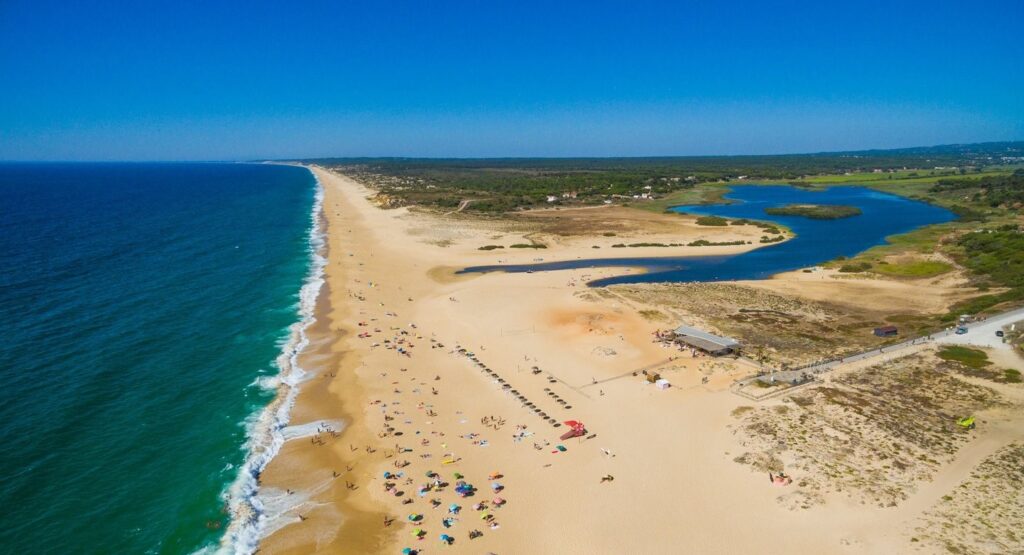Although it doesn't look like it, the proposal again Coastal Coast Program (POC) for the Espichel-Odeceixe section is under public discussion until 3 September. Before, there was publicity, public sessions were held, brochures or leaflets were edited explaining what was at stake. Today, we have the Participa portal and the documents that are available there. But that just isn't enough. Matters of this nature justify a greater investment in its dissemination.
Ordered to be elaborated in 2011, after a long interval in which he walked lost in combat, behold, the new and magnificent instrument of planning of the 212 kilometers of coastline between Cabo Espichel and Odeceixe. It's August 2021, 10 years after the starting shot. Wouldn't the background, nature and complexity of what is in question recommend a presentation and public discussion of this territorial management instrument in a different month?
What is at stake is, only, the establishment of a new land use regime for an area of 476 square kilometers, something that necessarily affects, directly or indirectly, the lives of thousands of people established in this territory and others who live there. are interested.
It is known that territorial programs are not legally allowed to establish land use regimes. Only to municipal plans. But, as in other POC, this one also insists on giving different names to things that result in exactly the same. The so-called “specific norms” (with dispositive content) and the zoning that is conventionally called the Territorial Model instead of a land-use chart are, after all, nothing but that: a land use regime.
In addition to not understanding – because the available documentation does not clarify it – what were the reasons that took 10 years for this proposal to see the light of day, there are other aspects that seem to us poorly explained. For example: what are the acquired rights that are targeted by this POC? After all, which urban planning licenses does the State want to revoke, in which places, why and at what price?
In a context of climate change, an increase in the average sea level and a greater frequency of extreme weather phenomena, States, in the interests of territorial resilience, have the responsibility to encourage the appropriate updates of other existing territorial plans whose regulations do not fully meet to these aspects, making them, based on the best available information, more restrictive and judicious in relation to future building and urbanization processes in threatened areas. Otherwise, we will not be acting in favor of reducing the exposure of populations and goods to such meteorological phenomena, but in the opposite.
Admittedly, circumstances will force greater urban restrictions and even the elimination of some legitimately acquired building rights. So, how to realize that, in the POC Espichel-Odeceixe, if certain current plans of the general restrictive discipline are exempted, equating mere and potential rights to true acquired rights, when they are not?
Let's see. On page 127 of the Program Report it is read that “the POC-EO chose not to make unfeasible, in the Coastal Protection Strip and in the Complementary Protection Strip, the urban operations necessary for the implementation of the Tourist Development Centers and Urban Centers of Tourism and Leisure foreseen in PROTA [Regional Land Use Planning Plan for the Alentejo]”.
Since it was the POC-EO and, apparently, no one else was responsible for such a relevant choice, it must be demanded, at least, that the POC-EO enlighten us all about the foundations for such enigmatic options.
Author Nuno Marques is an Urbanist, former vice-president of CCDR/Algarve (2012-2020)



















Comments